7/7 - 20 years on: a personal memory

On 7 July 2005 I was not in my office at the British Medical Association’s HQ in Tavistock Square, London.
Instead, as Director of Communications I was attending a meeting at the British Medical Journal’s offices in the same building but further up Upper Woburn Place towards Euston.
The meeting was interrupted by a very distinctive sound. Many years earlier I had been a journalist in Northern Ireland at the height of the “troubles” and knew what a bomb explosion sounded like.
I told them: "that’s a bomb,“ and we foolishly rushed across a landing to an open balcony that looked down on Tavistock Square. I still see the scene in my mind’s eye regularly. I was told a few weeks after the event by a psychotherapist that the scene is etched in my head and will never leave me. Other people saw far worse things that day, for sure.
My first impression was that something had happened to a hop-on hop-off tourist bus as the vehicle had no roof. Then the roof came hurtling down into the road.
What else did I see and hear, and still do? Pure white smoke billowing in the air; an eerie silence in this busy part of London - no birds singing as they always did in the square; falling leaves and branches - many of them; human remains.
As we now know, there had been a devastating attack by terrorists - one of four that morning, the other three being on London Underground. Some 13 people died at Tavistock Square with many dozens injured. The total deaths from the attacks was 52.
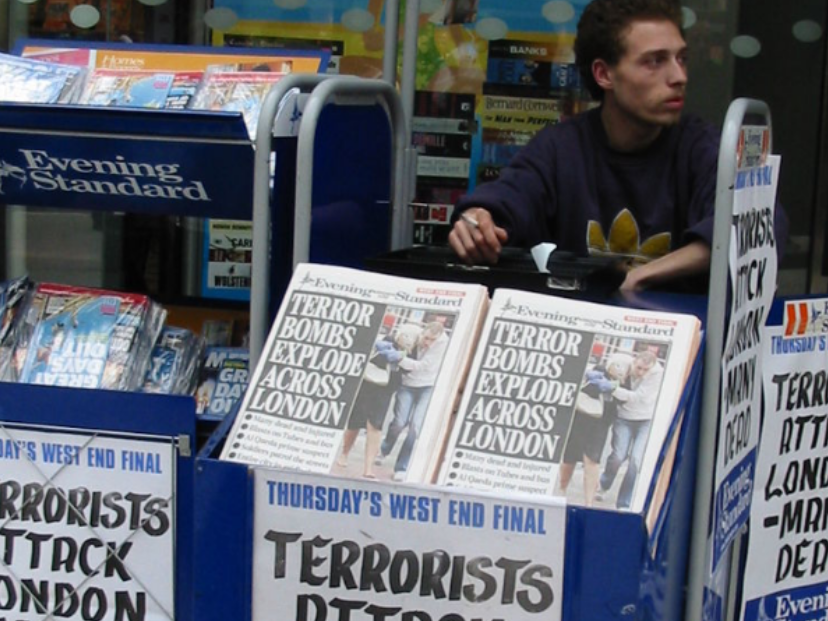
We were immediately evacuated. I resisted - wanting to go to the press office to see what was happening. But I didn’t; I followed the others to the rear of the building and into the street as per our evacuation procedures.
I would guess maybe 200 of us stood round - mobile phones not working or working intermittently. We were told to muster our staff - I had 45 -and see who was unaccounted for.
I had people I couldn’t find but we were not allowed back into the building. And so anxiety mounted. We were held there for a long time - I’m guessing now a couple of hours, maybe longer - and then released to try the difficult task of finding a way out of the police cordon round the area.
I walked home to Old Street, having to divert many times to get round the extensive cordon. I stopped at several pubs on the way - everyone inside glued to tv coverage of the attacks. I told of what I’d seen - I was given a free drink and I moved on. This happened several times in several pubs - the drinks much needed.
A small core team of senior BMA staff, of which I was one, were allowed back into the rear of the building after the weekend and we planned not only how we would keep the organisation going, but also how to deal with the hundreds of global media calls we were now getting.
The rest of the building was declared a crime scene, but also a temporary mortuary and therefore out of bounds except under strict police escort. One day we were even evacuated from our safe space because unexploded material had been found on the bus. When we had been evacuated three times in one afternoon, we decided to go to the pub.
Because the bus incident was so iconic of the day, media interest centred on Tavistock Square and the BMA - also for another specific reason. The bus had been diverted - it shouldn’t have passed our offices. When it came off its route it seems the bomber onboard panicked and detonated. He had been meant to explode his device on the underground but for some reason didn’t and he got on the ill-fated bus.

It may seem weird to say so, but it’s lucky the bomb went off where it did, as inside BMA House a course on emergency medicine was being held. The doctors and staff rushed out towards the bus, the staff bringing office doors they had removed to use as stretchers.
The doctors, with no medical equipment, did heroic work, and as it turned out put their lives in danger because there was unexploded bomb material on the bus. In the end we had to ration the doctors’ media appearances for their own mental well-being. They had seen such things.
Two weeks to the day, on 21 July, now back in our offices, we held a memorial event in the central courtyard with its fountain. Opera diva Lesley Garrett came to sing (her husband being a GP). In the final moments, the assembled tv crews and other media rushed off - another similar incident had been reported. Luckily the devices did not activate. Faced with a traumatised staff, I sent them home.
Out of bad comes good, they say. Medical equipment was acquired for our building. I commissioned a permanent memorial in the shape of a sun dial which sits in the BMA’s physic garden surrounded by healing plants. It’s a place of reflection the families of the dead and injured have often visited.
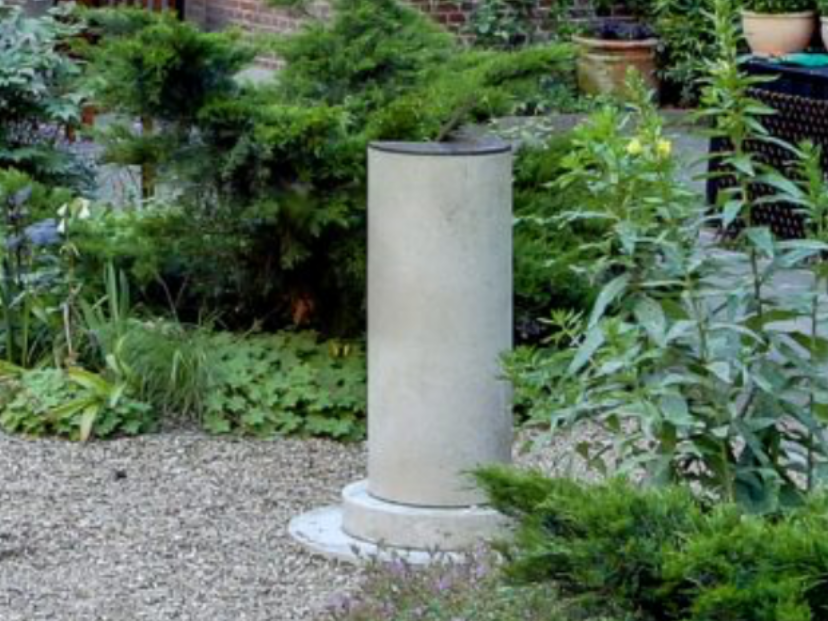
And I also believe that the emergency services’ response on 7/7 was substantially better than it might have been due to a major terrorist exercise held at Bank tube station in 2003. I had been the UK’s first director of counter terrorism communications then and managed over 100 global media who attended Exercise Osiris. I’m sure lives were saved on 7/7 because of that exercise.
And I always tell myself that survivors and first responders saw far worse things than I did. And the sun dial? If the sun is out, it casts a shadow on 7 July each year, lest we forget.


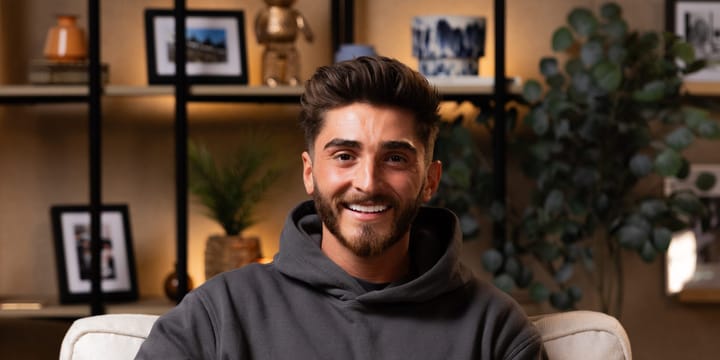
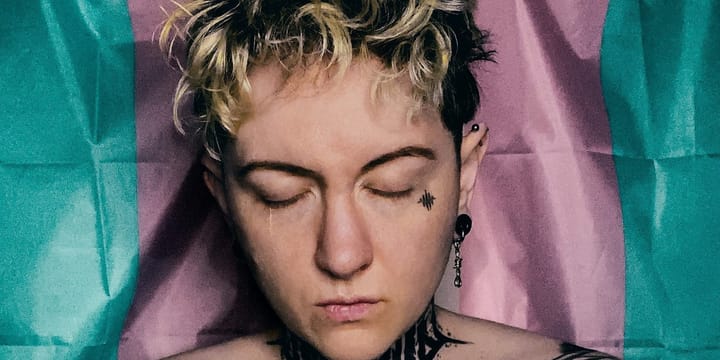
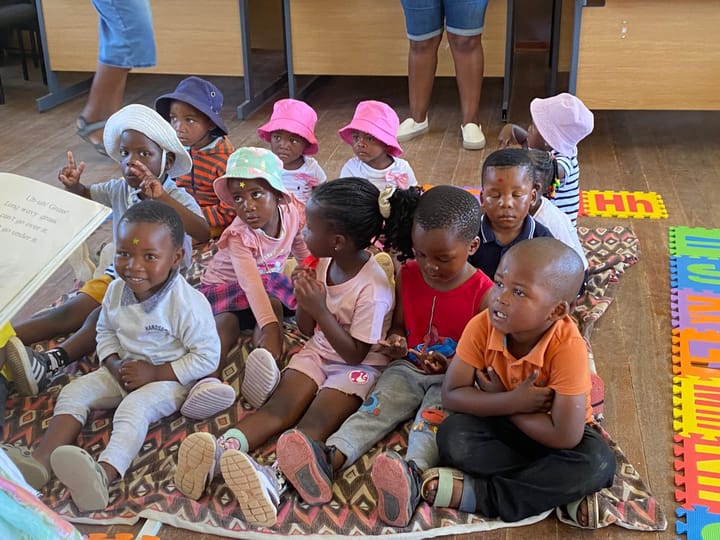
Comments ()